Minolta AL-E, AL-F
Minolta AL-E, AL-F
Minolta AL was a line of compact 35mm rangefinders, smaller than the common models of the era, meant to be simple to use for the up-and-coming hobbyist market and priced accordingly. It was offered with different lenses and modes, with fove models issued within seven years. The line was discontinued in 1968, while the Hi-Matic dynasty that was launched about the same time kept going.
- AL of 1961 was the first of the Minolta AL line, a compact rangefinder camera supported by an external coupled selenium meter. It was a sister of the Minolta A5, a comparable camera, fully manual with no meter. It offers two spec sets: a 2.0/45 lens with a 1000 shutter, and a 2.8/45 lens and a 500 shutter, a similar combination to the Minolta A5.
- AL-2 of 1963, still a selenium meter but with a faster 1.8 lens and kept the 1000 shutter speed. Not many of this model float around; perhaps it was a less popular model.
- AL-S of 1965 had a CdS light meter. In an old-fashioned style, the meter lens is mounted on the camera body rather than within the lens perimeter. Lens was the 1.8/45 with a 500 top speed.
- AL-F of 1967 was offered with shutter priority exposure and a dedicated flash mode. This model seems to be the most popular in the AL family, at least in North America. 2.7/38
- AL-E of 1968 seems to be less prevalent in the West. Judging by the wealth of Han and Kanji articles, it was popular on that side of the universe.
The last two models are the subject of this page.
Minolta AL-F
The AL-F is a compact and lightweight camera that may require reading the manual. Once the mode is understood, it is friendly and straightforward to operate. It is smaller than the run-of-the-mill rangefinder of the era, and, as mentioned above, had many followers.
- The body is all metal, true to the pre-plastic era. Feels solid and well finished.
- Top has the usual paraphernalia, self-reset frame counter, easy-to-purchase winder, a prominent trigger, a hot accessory shoe and a fold-down rewind crank.
- Back opens via a sliding bolt on the side.
- Bottom has the battery port, rewind clutch release and the mounting thread.
- Inside is a machined metal film track, a double cog to guide the film and the Minolta standard large and friendly take-off drum. A pressure plate is mounted on the back, with no roller guide.
- The original battery was mercury #625 of 1.35V. Alkaline batteries #625 are freely available, so if used, it may be prudent to run a test roll to see discrepancies in the meter reading.
- The viewer is large and bright, featuring a clear patch and a fixed parallax frame.
- The meter scale is on the viewer’s right. The needle hovers on a scale of 2.7-22, with red zones on top and bottom. Under exposure is on top.
- The camera will fire on over- and underexposure.
- To conserve battery power, keep a lens cover on.
- The lens barrel could be confusing.
- Closest to the body is the focusing distance ring, having a very short travel.
- It is marked in meters and feet, as well as GN values.
- Next is the shutter speed dial, offering scant options, from 30 to 500, and a flash mode.
- At the bottom is the film speed selector, marked both ASA and DIN.
- There is no aperture setting ring.
- At the front lens barrel perimeter, above the lens, is the CdS meter lens, marked CLC.
- The CLC is a Minolta-branded feature, CLC – ‘contrast light compensator’, meant to register deep contrast in the subject’s lighting conditions. The concept is borrowed from some Minolta SLR models, which use two meter cells. Here it has a single meter lens, the same as used in the Hi-Matic models.
- The camera uses an Easy Flash mode, again as used in some Hi-Matic Models. To access, set the shutter speed ring to the red flash icon, and the distance dial per the GN table printed inside the top part of the leather case. Otherwise, use the GN values on the serrated part of the distance ring, which leaves much for guessing. If all fails, use the table below, copied from the user manual.
| GN | Metric | Imperial | ||
| 10 | 0.8 | 3.7 | 2.6 | 12 |
| 14 | 0.8 | 5 | 2.6 | 17 |
| 20 | 0.9 | 7.4 | 3 | 24 |
| 28 | 1.3 | 10 | 4 | 33 |
| 40 | 1.8 | 10 | 6 | 33 |
| 56 | 2.5 | 10 | 8 | 33 |
Once the above is clear, using the camera is simple. Set the film speed, select the shutter speed, and ensure that the meter needle hovers above the aperture values, out of the red zones. The camera will set the aperture.
Minolta AL-E
The AL-E was the last of the short-lived AL dynasty. Here, Minolta turned back from the AL-F quirks and offered better specs in a simpler package. Both models are of the same size and of similar weight. Other than the improved lens and shutter speed, it also brought back manual mode shooting.
- The body is all metal, true to the pre-plastic era. Feels solid and well finished.
- The top has the usual paraphernalia, self-reset frame counter, easy-to-purchase winder, a prominent trigger, a hot accessory shoe and a fold-down rewind crank.
- Added on top is a smallish meter reading window.
- Back opens via a sliding bolt on the side.
- Bottom has the battery port, rewind clutch release and the mounting thread.
- Inside is a machined metal film track, featuring a double cog system to guide the film, and the Minolta standard large and friendly take-off spindle; a back-mounted pressure plate and a guide roller.
- The original battery was mercury #625 of 1.35V. Alkaline #625 batteries are freely available, so if used, it may be prudent to run a test roll to see discrepancies in the meter reading.
- The viewer is large and bright with a clear patch and a live parallax frame. There is no meter scale in the viewer.
- The settings are on the lens assembly:
- Closest to the body is the distance focusing ring, which travels slightly more than the AL-F.
- Next is the aperture setting ring, marked 1.8-18, with an ‘A’ for the automatic option. Use the two black tabs to change selection.
- Ahead is the shutter speed ring, with 30 marked red, for flash use.
- At the bottom of the lens barrel are the film speed selector, marked ASA, and another lever marked ‘V’. The ‘V’ is a common mark for a self-timer, but:
- At the front of the body is a large dial, marked ‘L’, a red dot, and ‘V’. I assume the ‘L’ is for lock, the dot is for shooting and the ‘V’, well, for self timer. Neither ‘V’ works on my camera, and there is no manual available, so suggestions are welcome. Mystery solved by an incognito contributor; see notes below. Thanks. Note that the self-timer is the first mechanism to fail on older cameras, so a repair attempt is not worthwhile.
- Minolta’s ‘CLC’ and ‘Easy Flash’ monikers seen on the AL-F were dropped.
- Using the camera is straightforward. Set the film speed and the shutter speed, and watch the meter needle pointing to the recommended f value. For auto mode, set the aperture dial to the red ’A’ and let the camera think. I do not see a dedicated flash mode.
For the collector, both cameras are inexpensive and are nice to have, as early cameras were both compact and straightforward to use. For the shooter, go for the AL-E that allows full settings control.
| Camdex list number | 5414 | 5413 |
| Brand | Minolta | Minolta |
| Model | AL F | AL E |
| Manual | ||
| Value | Butkus | |
| Format | 35mm | |
| Introduced | 1967 | 1968 |
| AKA | ||
| Country | Japan | |
| Qty made | ||
| Initial price | 77 | |
| Currency | USD | |
| Type | Rangefinder | |
| Body material | Metal | |
| Mode | Shutter priority | Manual, shutter priority auto |
| Weight | 500 gr, Body with lens | 545 gr, Body with lens |
| Class average weight | 640 gr, Body with lens | |
| ASA range | 25-500 | |
| Kit lens | 2,7/38 | 1.8/40 |
| Lens make | Rokkor | |
| Filter size | 46 mm | 49 mm |
| Lens mount | Fixed lens | |
| Mount size | N/A | |
| Aperture | No manual setting | |
| Shutter | Leaf | |
| Shutter make | Seikosha | Citized |
| Trigger | On top | |
| Winder | Lever | |
| Shutter cocking | Winder | |
| Light meter | CdS, external, coupled | |
| Loc | No | Yes |
| Speeds | 30-500 | 8-500 |
| Mirror | N/A | |
| Viewer | Coupled rangefinder | |
| DOF preview | No | |
| Exposure lock | No | |
| Exposure compensation | No | |
| Shoe | Hot | |
| External sync | X/M | |
| Sync speed | 30 | |
| Timer | No | Yes, mechanical |
| Battery, original | Mercury 625 | |
| Battery, replacement | Alkaline 625 | |
| Battery voltage | 1.35 | |
| Integral flash | None | |
| Other | ||
| More | ||
| Service / repair links | See camerlog.com | |
Minolta AL-E images


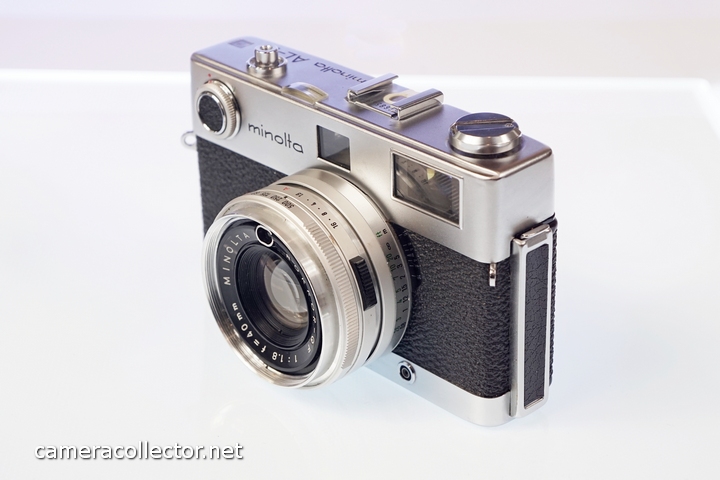

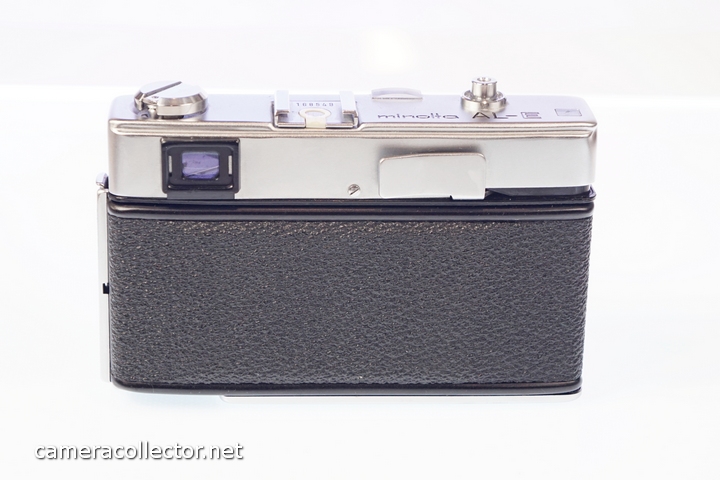
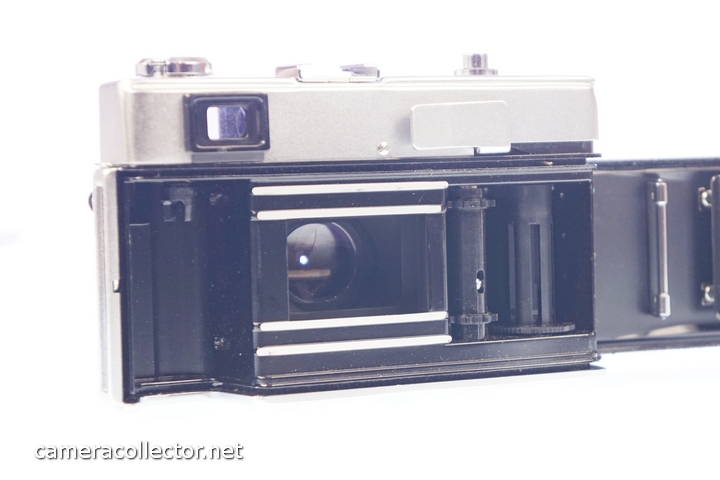
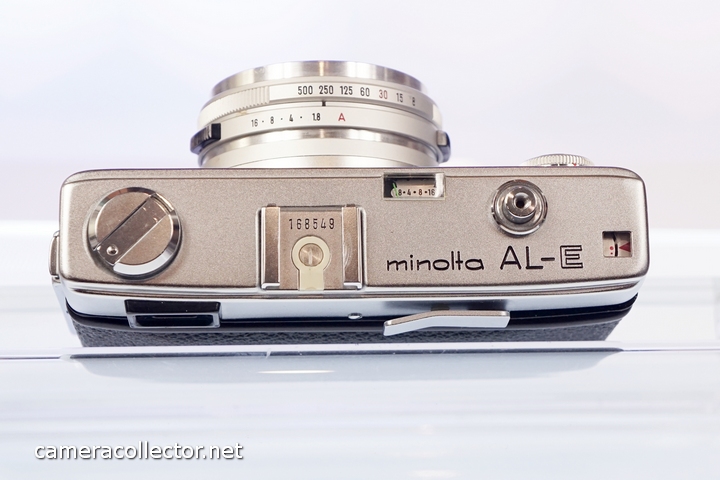



Minolta AL-F images

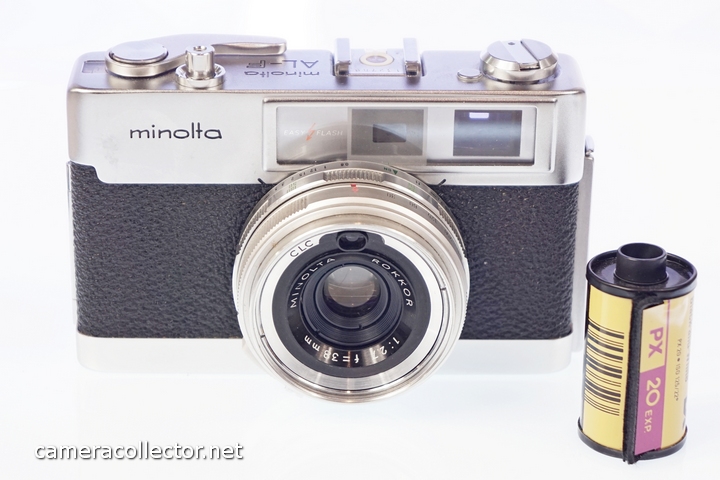

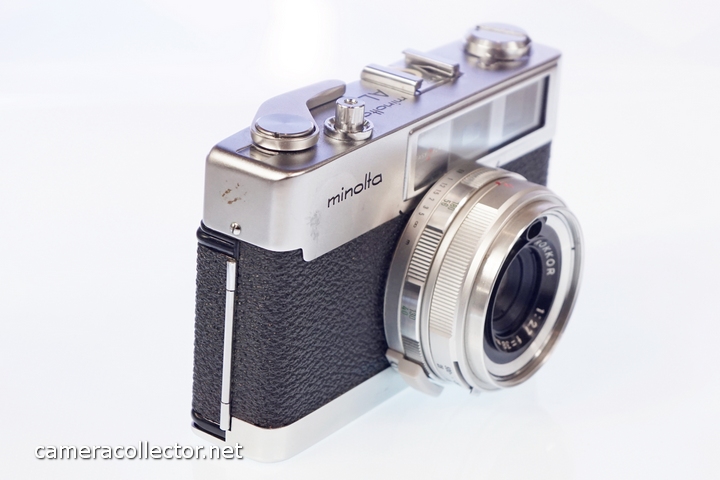
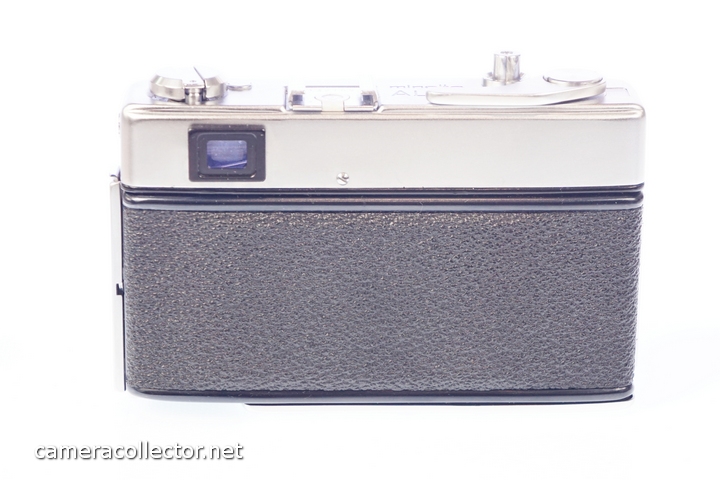




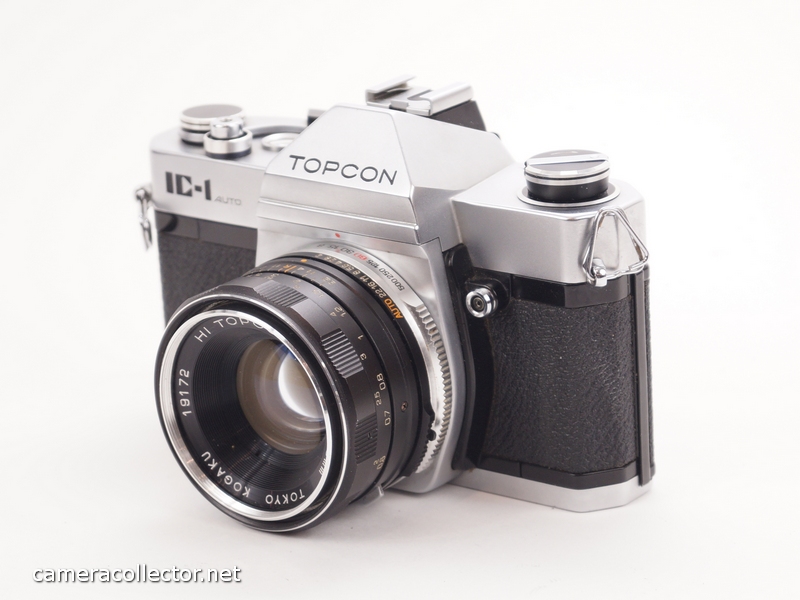

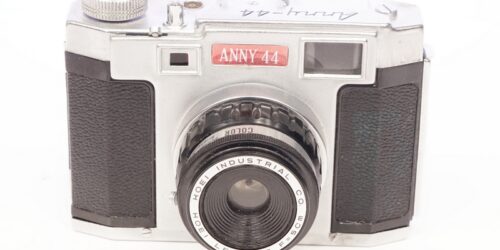


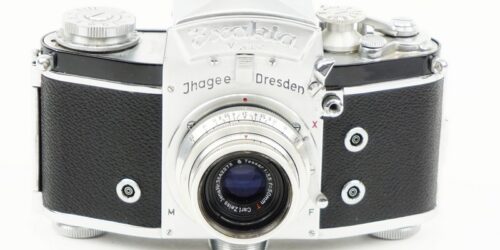


About the “V” mode on the dial:
Due to the way the auto-exposure system works, AL-E requires the shutter button to be physically pressed down in order to open the aperture blades to the selected value in all cases (they are at f/22 at rest). This is true even in manual mode. The “V” mode on the dial locks the shutter button in the down position (aperture blades are now open) and starts the “V” self-timer on the lens.
If you don’t use “V” mode, then the self-timer will still start, but the aperture blades will return to their rest position at f/22 as soon as the button is released, and you will get an under-exposed picture.
It’s clearly a bit of a compromise by minolta to work around how their auto-exposure system works mechanically, but if you remember the sequence it’s fine.